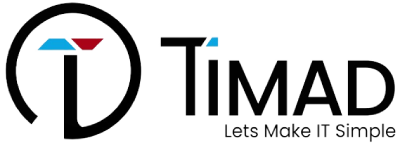Opt for the top-notch CMMS Software for strategic planning, precise tracking, and efficient optimization of your facilities, assets, equipment, and work orders. Acquire a holistic solution empowering proactive maintenance, mitigating potential issues before they evolve into costly breakdowns.
An ISO 9001:2015 Certified organization
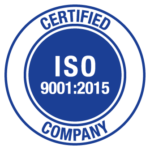
An ISO 27001:2013 Certified organization
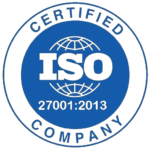
Get Your FREE Trial Now!
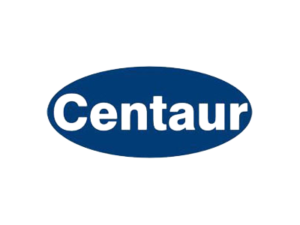
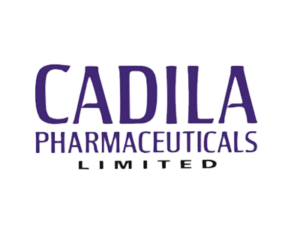
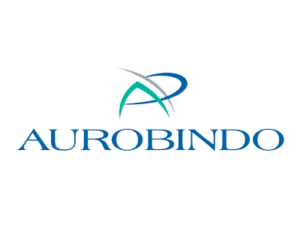
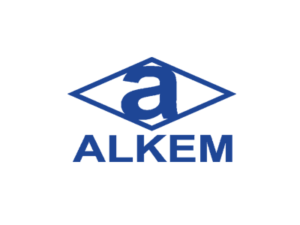

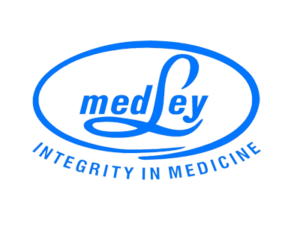
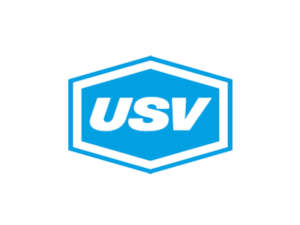
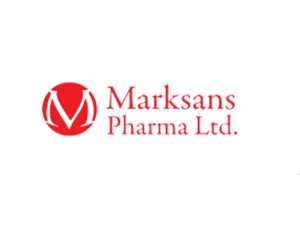
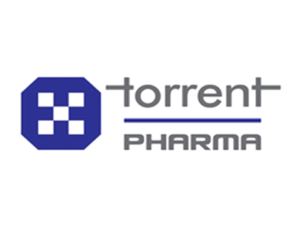

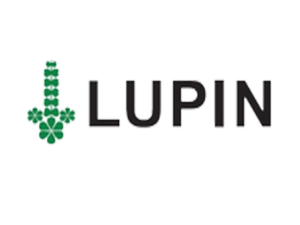
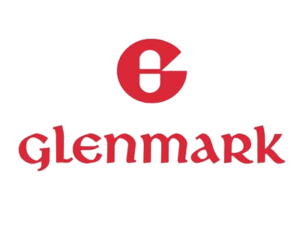


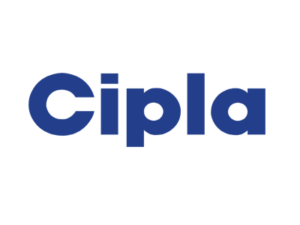
Optimize your organization’s maintenance tasks with our Computerized Maintenance Management System (CMMS) solution
Our CMMS software is designed to monitor and control maintenance activities, boosting overall efficiency. It offers a comprehensive set of features for streamlined scheduling, tracking, creation, and management of work orders, accompanied by robust reporting capabilities.
By utilizing CMMS software, you not only save time and money but also witness improvements in productivity and safety. The solution plays a vital role in ensuring compliance with government regulations, mitigating regulatory risks, and meeting requirements. It’s a powerful tool that not only enhances operational efficiency but also aligns seamlessly with industry standards and compliance measures.

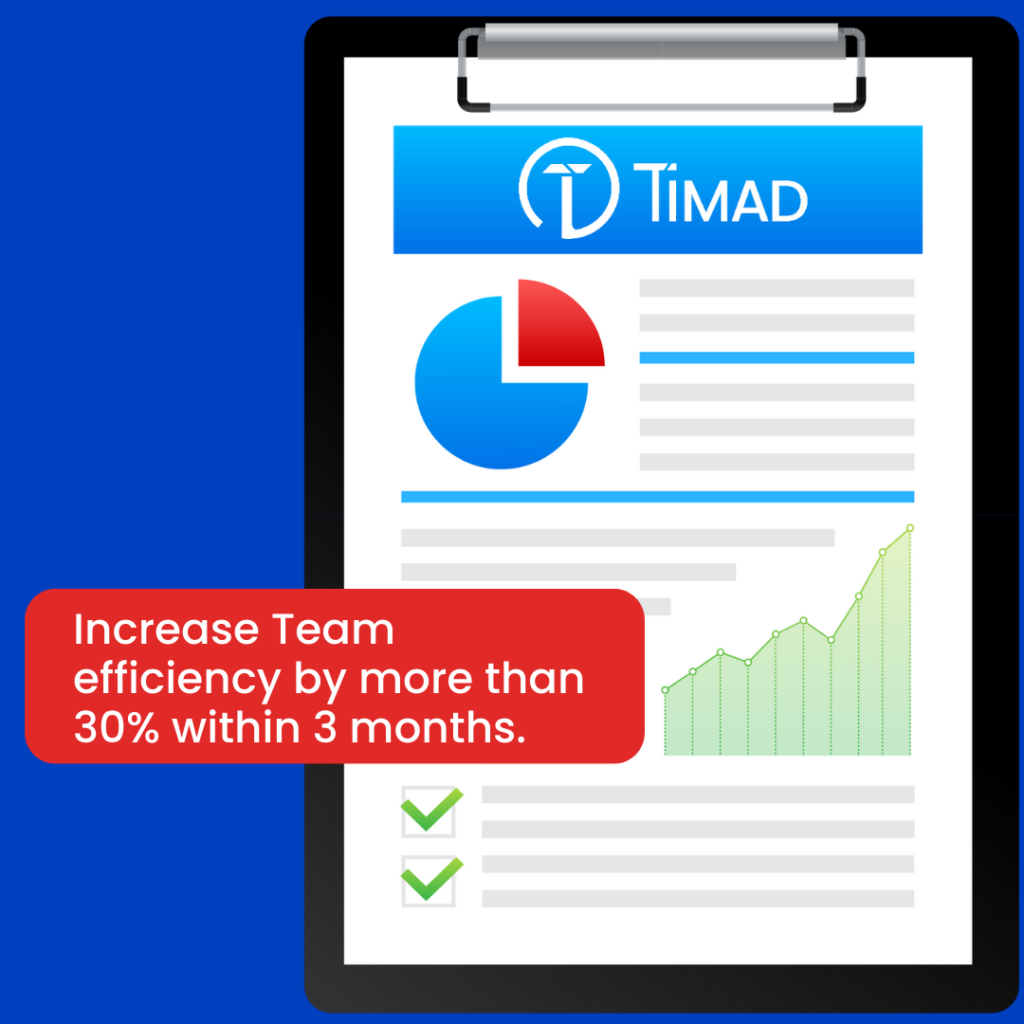
Maximize ROI and Boost Asset Efficiency with Maintenance Management System
Our CMMS Software is designed for efficient maintenance scheduling, ensuring that your assets remain productive. By keeping your assets in optimal condition, you not only enhance their efficiency but also maximize your return on investment (ROI). It’s a strategic approach to asset management that ensures continuous productivity and long-term value.
Experience a seamless blend of efficiency and profitability to achieve sustained asset performance

Key Benefits Of TiMAD CMMS Software
Features of TiMAD CMMS Software
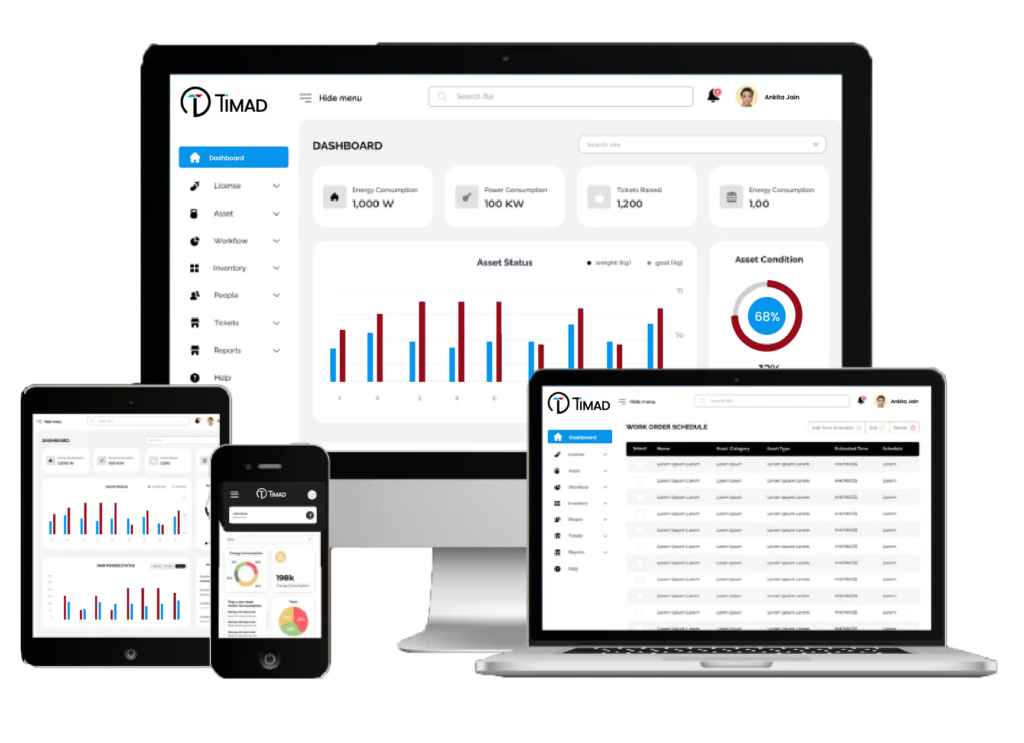


Manufacturing
Enhance your manufacturing operations with TiMAD CMMS Maintenance Software. Monitor assets in real time and implement proactive maintenance to prevent costly setbacks and production interruptions. Unleash the full potential of your asset management strategy.

Oil and Gas
Boost operational efficiency in the oil and gas industry with our Computerized Maintenance Management System. Effortlessly manage work orders, ensure compliance with regulations, and make workforce safety a priority. Achieve higher returns by seamlessly optimizing asset utilization and maintaining uninterrupted operations

Utilities
Dive into the dynamic capabilities of our CMMS in the utilities sector. In an industry where reliability is paramount, ensure that your utility infrastructure operates seamlessly. Deliver dependable and efficient services in the utilities sector, where every moment counts.

Food and Beverage
Indulge in the dynamic potential of our CMMS within the food and beverage industry. In an arena where quality matters most, ensure that your production equipment operates flawlessly. Deliver consistent and efficient services in the world of food and beverage production.

Medical Device Manufacturing
Excellence Uncover the versatile capabilities of our CMMS in the field of medical device manufacturing. In an industry where precision is vital, guarantee your manufacturing equipment operates flawlessly. Deliver consistent and efficient services in the world of medical device production.
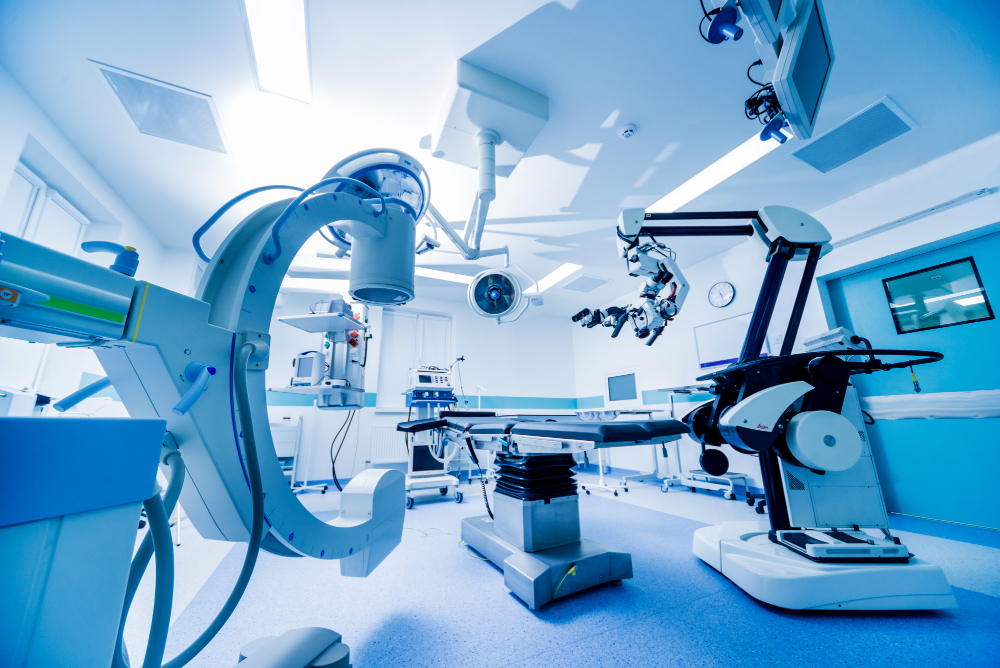
Pharmaceutical
Experience the dynamic capabilities of our CMMS in the healthcare sector.In an environment where precision is paramount, guarantee that your medical equipment is consistently operational.Deliver timely and efficient services in critical healthcare facilities
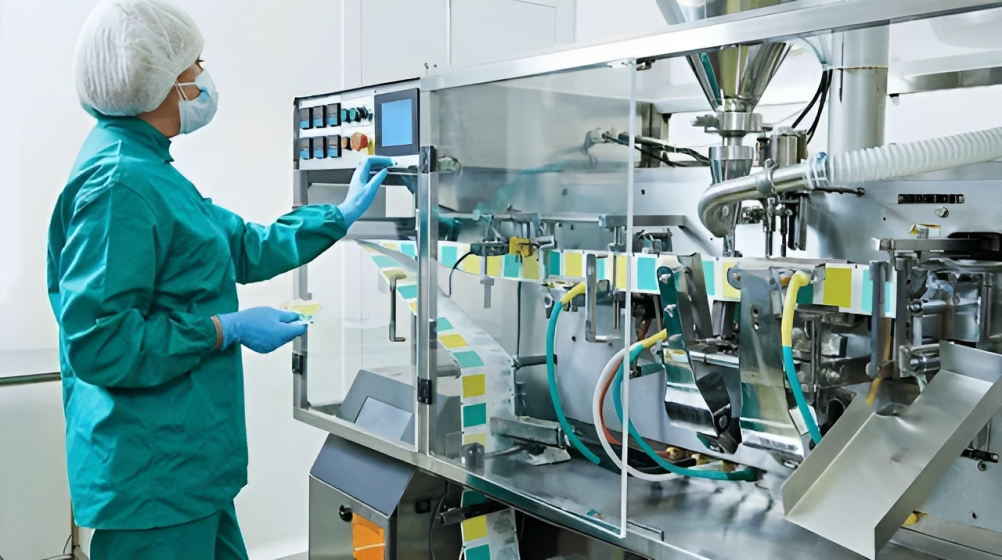

Frequently Asked Question about CMMS Software
CMMS, or Computerized Maintenance Management System software, is a digital tool designed to simplify the management and tracking of organizational maintenance activities. It aids in scheduling and tracking maintenance tasks, managing inventory, documenting maintenance history, and predicting future maintenance needs. CMMS software is a vital asset for businesses aiming to optimize their maintenance operations, extend the lifespan of their equipment, and reduce downtime.
CMMS, or Computerized Maintenance Management System, is a digital solution designed to streamline and centralize the management of an organization’s maintenance tasks, assets, and facilities. Here’s a breakdown of how CMMS software like TiMADIT operates:
Data Input: Initially, all relevant data about the organization’s assets, equipment, and facilities are entered into the system. This includes purchase dates, warranty, maintenance schedules, and more.
Scheduling: The software allows for the scheduling of routine maintenance tasks. Maintenance managers can use a schedule planner to schedule tasks to facilitate regular inspections and equipment servicing based on particular frequency and duration. With this proactive maintenance approach, the potential threats are identified prior, saving valuable time, money, and resources.
Real-time Monitoring: Advanced CMMS solutions, especially those integrated with IoT devices, can monitor equipment in real-time, detecting anomalies or performance drops and alerting the maintenance team proactively.
Work Order Management: When a maintenance task is due, or a malfunction is detected, the software generates a work order. This order contains all the information a technician needs to complete the task, from the tools required to step-by-step instructions.
Reporting and Analysis: Post-maintenance, the software collects data on the task’s completion, parts used, time taken, and more. This data is then used to generate reports, offering insights into maintenance efficiency, costs, and potential areas of improvement.
Inventory Management: CMMS also keeps track of spare parts and inventory, ensuring that essential components are always in stock. When inventory falls below a certain level, the system can send reorder reminders or automate the procurement process.
In essence, CMMS software like TiMADIT provides a holistic approach to maintenance management, ensuring that assets are always in optimal condition, downtimes are minimized, and operational efficiency is maximized.
CMMS (Computerized Maintenance Management System) and EAM (Enterprise Asset Management) are software solutions designed to manage and optimize an organization’s assets and maintenance operations. However, they differ in scope, functionality, and overall objectives. Let’s delve into the key differences:
Primary Focus:
CMMS: Primarily centered on maintenance management, a CMMS helps organizations schedule, track, and manage maintenance tasks. Its main goal is to ensure assets are maintained efficiently, reducing downtimes and extending asset lifespans.
EAM: EAM takes a broader approach, encompassing the entire lifecycle of an asset, from procurement and installation to maintenance and, finally, disposal. It focuses on optimizing the total cost of ownership and maximizing the return on assets.
Functionality:
CMMS: Features typically include work order management, preventive maintenance scheduling, inventory management, and maintenance reporting.
EAM: While EAM systems include all CMMS functionalities, they also offer modules for asset lifecycle management, long-term asset planning, capital project management, and environmental, health, and safety (EHS) modules.
User Base:
CMMS: Primarily used by maintenance teams and managers to streamline operations.
EAM: Utilized across various organizational departments, from finance and operations to procurement and HR, providing a unified view of asset management.
While both CMMS and EAM aim to optimize asset management, CMMS is more maintenance-centric, whereas EAM offers a comprehensive approach to managing the entire asset lifecycle. The choice between the two often depends on the organization’s size, needs, and long-term asset management objectives.
Enhanced Operational Efficiency: CMMS streamlines maintenance processes, reducing manual efforts and promptly completing tasks. This leads to minimized downtimes and maximized productivity.
Cost Savings: By automating preventive maintenance schedules and reducing the need for reactive repairs, CMMS helps organizations save on repair costs and extend asset lifespans. Additionally, with TiMADIT CMMS, organizations have reported up to 40% savings in operational costs and a 20% reduction in labor costs.
Data-Driven Decision Making: CMMS provides detailed reports and analytics on maintenance operations, asset performance, and costs. This data-driven approach allows organizations to make informed decisions, optimize processes, and allocate resources effectively.
Inventory Management: CMMS keeps track of spare parts and inventory, ensuring essential components are always available. This reduces delays in maintenance tasks and ensures smooth operations.
Increased Asset Lifespan: Regular and timely maintenance, facilitated by CMMS, ensures assets remain in optimal condition. Cryotos CMMS users have reported a 60% increase in the lifespan of their assets.
Safety and Compliance: In industries with stringent safety regulations, CMMS ensures assets are well-maintained and compliant with industry standards. This reduces the risk of accidents and ensures organizations avoid hefty fines and legal complications.
Real-time Monitoring and Alerts: Advanced CMMS solutions, especially those integrated with IoT, offer real-time monitoring of assets. This proactive approach detects potential issues early, allowing for timely interventions.
Scalability: Modern CMMS solutions are cloud-based, allowing organizations to scale their operations seamlessly. Whether adding new assets or expanding to new locations, CMMS can adapt to growing business needs.
ERP (Enterprise Resource Planning) and CMMS (Computerized Maintenance Management System) are integral software solutions for modern businesses, but they serve distinct functions and cater to different organizational needs. Here’s a breakdown of their key differences:
Primary Purpose:
ERP: ERP systems are comprehensive software solutions that integrate and manage core business processes such as finance, HR, procurement, and supply chain operations. They provide a centralized platform to streamline operations and facilitate department data flow.
CMMS: CMMS software focuses specifically on maintenance management. It helps organizations plan, track, and manage maintenance activities, ensuring assets are in optimal condition and reducing downtimes.
Functionality:
ERP: Features typically include financial management, human resources, customer relationship management, supply chain management, and inventory control.
CMMS: Core functionalities revolve around work order management, preventive maintenance scheduling, asset tracking, inventory management of spare parts, and maintenance reporting.
Scope:
ERP: ERP systems have a broader scope, encompassing almost all business operations. They aim to unify various departments under one integrated software environment.
CMMS: The scope of CMMS is narrower, focusing solely on the maintenance aspect of operations. It ensures assets are maintained efficiently and provides tools for effective maintenance management.
Data Utilization:
ERP: ERP systems handle vast data, from financial transactions and employee records to customer data and inventory levels.
CMMS: CMMS deals primarily with data related to assets, maintenance schedules, work orders, and inventory of maintenance-related items.
Maintenance Managers, Facility Managers, Plant Heads and Manufacturing Managers, Asset Managers, Technicians and Maintenance Personnel, Inventory and Procurement Managers, Safety and Compliance Officers, Senior Management and Decision-Makers. CMMS software is a versatile tool designed to streamline and optimize maintenance operations across various industries. Given its wide range of applications, several roles and professionals rely on CMMS for daily operations.
While CMMS software is a popular choice for maintenance management, there are several other types of software and systems that organizations might consider based on their specific needs:
EAM (Enterprise Asset Management) Software: EAM is a broader solution that covers the entire lifecycle of an asset, from procurement to disposal. It includes all the features of a CMMS but extends to other areas like asset lifecycle planning, capital project management, and long-term asset investment strategies.
Facility Management Software: Specifically designed for managing buildings and facilities, this software focuses on space utilization, building maintenance, energy management, and lease administration.
FSM (Field Service Management) Software: For organizations with field technicians or external service teams, FSM software helps in scheduling, dispatching, and tracking field operations. It’s especially useful for businesses that provide on-site services.
Preventive Maintenance Software: A more niche solution, this software focuses solely on scheduling and tracking preventive maintenance tasks to avoid unexpected equipment failures.
IoT (Internet of Things) Platforms: With the rise of smart devices and sensors, IoT platforms can monitor equipment in real-time, providing immediate alerts for potential issues. While not a direct replacement for CMMS, they can complement maintenance strategies.
Manual Systems: Many organizations rely on paper-based systems or spreadsheets to track maintenance tasks before the digital age. While less efficient and scalable than modern software solutions, some smaller organizations might still use these methods.
ERP (Enterprise Resource Planning) Systems: Some ERP systems have built-in maintenance management modules. While not as specialized as CMMS, they offer the advantage of integration with other business processes like finance, HR, and procurement.
Reliability-Centered Maintenance (RCM) Tools: These tools focus on determining each asset’s most efficient and cost-effective maintenance approach based on reliability data and failure modes.
Predictive Maintenance Tools: Leveraging advanced analytics and machine learning, these tools predict when an asset will likely fail, allowing organizations to perform maintenance just in time.
While each alternative has merits, the best choice often depends on the organization’s size, industry, specific needs, and budget. CMMS software, like TiMADIT, offers a balanced and comprehensive approach, making it a preferred choice for many businesses seeking to optimize their maintenance operations.
Preventive maintenance is a proactive strategy involving regular maintenance of equipment and assets to prevent unexpected breakdowns and extend their lifespan. CMMS software, like TiMADIT, plays a pivotal role in supporting and optimizing preventive maintenance efforts in the following ways:
Scheduled Maintenance: CMMS allows organizations to set up routine maintenance schedules based on time intervals (e.g., every month) or usage intervals (e.g., every 1,000 hours of operation). Once set, the system automatically generates work orders when maintenance is due, ensuring no task is overlooked.
Asset History Tracking: The software comprehensively records each asset’s maintenance history. This data provides insights into wear and tear patterns, helping organizations refine their preventive maintenance schedules for optimal results.
Maintenance Checklists: CMMS can store standardized checklists for various preventive maintenance tasks. When a work order is generated, technicians can access these checklists, ensuring that all steps are followed meticulously.
Inventory Management: Preventive maintenance often requires specific spare parts. CMMS keeps track of inventory levels and can send alerts when stock levels are low, ensuring that essential parts are always available.
Alerts and Notifications: If an asset is overdue for preventive maintenance, CMMS can notify relevant personnel, ensuring timely interventions and reducing the risk of unexpected breakdowns.
Documentation Storage: CMMS provides a centralized repository for storing user manuals, warranty information, and other essential documents. Technicians can refer to these documents during preventive maintenance tasks, ensuring they have all the necessary information.
In essence, CMMS software transforms preventive maintenance from a manual, reactive approach to a streamlined, proactive strategy. CMMS ensures that assets receive timely care by automating scheduling, providing essential resources, and offering data-driven insights.
The term “cloud” in “cloud-based CMMS refers to the practice of using remote servers hosted on the internet to store, manage, and process data rather than relying on a local server or a personal computer. In the context of a CMMS (Computerized Maintenance Management System), a cloud-based solution offers several distinct advantages:
Accessibility: With a cloud-based CMMS, users can access the system from anywhere with an internet connection. Whether they’re on the factory floor, in an office, or even on the go, maintenance data is always at their fingertips.
Cost-Efficiency: Cloud solutions often come with a subscription model, eliminating the need for hefty upfront investments in hardware and software. Additionally, maintenance, upgrades, and security are typically handled by the service provider, reducing the total cost of ownership.
Scalability: As a business grows, its maintenance needs might evolve. Cloud-based systems can easily scale to accommodate more users, assets, and data without investing in additional hardware.
Real-time Collaboration: Since the data is stored centrally in the cloud, multiple users can collaborate in real-time. For instance, a technician on the field can update a work order, and a manager in the office can instantly view the changes.
Automatic Updates: Cloud-based systems are regularly updated by the service provider. This ensures that users can always access the latest features, security patches, and improvements without manual interventions.
Disaster Recovery: In the event of unforeseen circumstances, like natural disasters or hardware failures, data stored in the cloud is typically backed up in multiple locations. This redundancy ensures data recovery and business continuity.
In essence, the “cloud” in “cloud-based CMMS” signifies a shift from traditional, on-premises software installations to a more flexible, accessible, and efficient model that leverages the power of the internet.
TiMADIT CMMS Software offers a comprehensive suite of features to streamline and enhance maintenance management. These include work order management, preventive maintenance scheduling, asset tracking, inventory management, and advanced reporting capabilities. TiMADIT CMMS also offers workflow automation, which allows businesses to automate routine tasks and processes, enhancing efficiency and productivity. Additionally, Cryotos CMMS provides a robust maintenance checklist feature, ensuring all necessary tasks are completed to maintain assets in optimal working condition.
TiMADIT CMMS is committed to providing its users with comprehensive support and training resources. This includes detailed user manuals, video tutorials, and live webinars that guide users through the features and functionalities of the software. TiMADIT offers responsive customer support through various channels, including live chat, phone, and email. The support team can assist with any questions or issues, ensuring users can make the most of the software.
TiMADIT CMMS Software is a cloud-based solution. This means that it can be accessed from anywhere, at any time, provided you have an internet connection. Cloud-based software offers several advantages, including ease of access, automatic updates, and reduced IT infrastructure costs. Please note that TiMADIT does not offer an on-premise deployment option.
Absolutely, TiMADIT CMMS is designed to grow with your business. As your organization expands, TiMADIT can easily scale to accommodate increasing users, assets, and locations. This scalability ensures that TiMADIT remains a valuable tool for your maintenance management needs, no matter how large your organization becomes.
